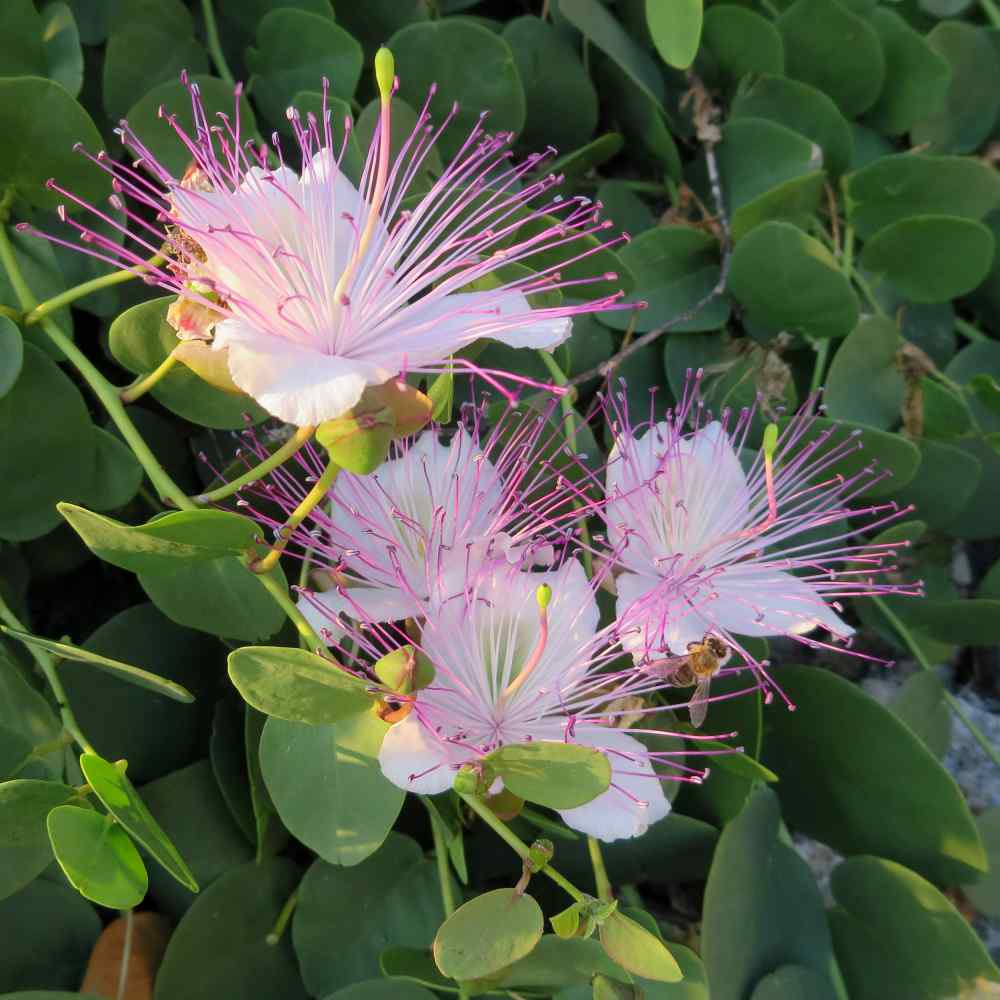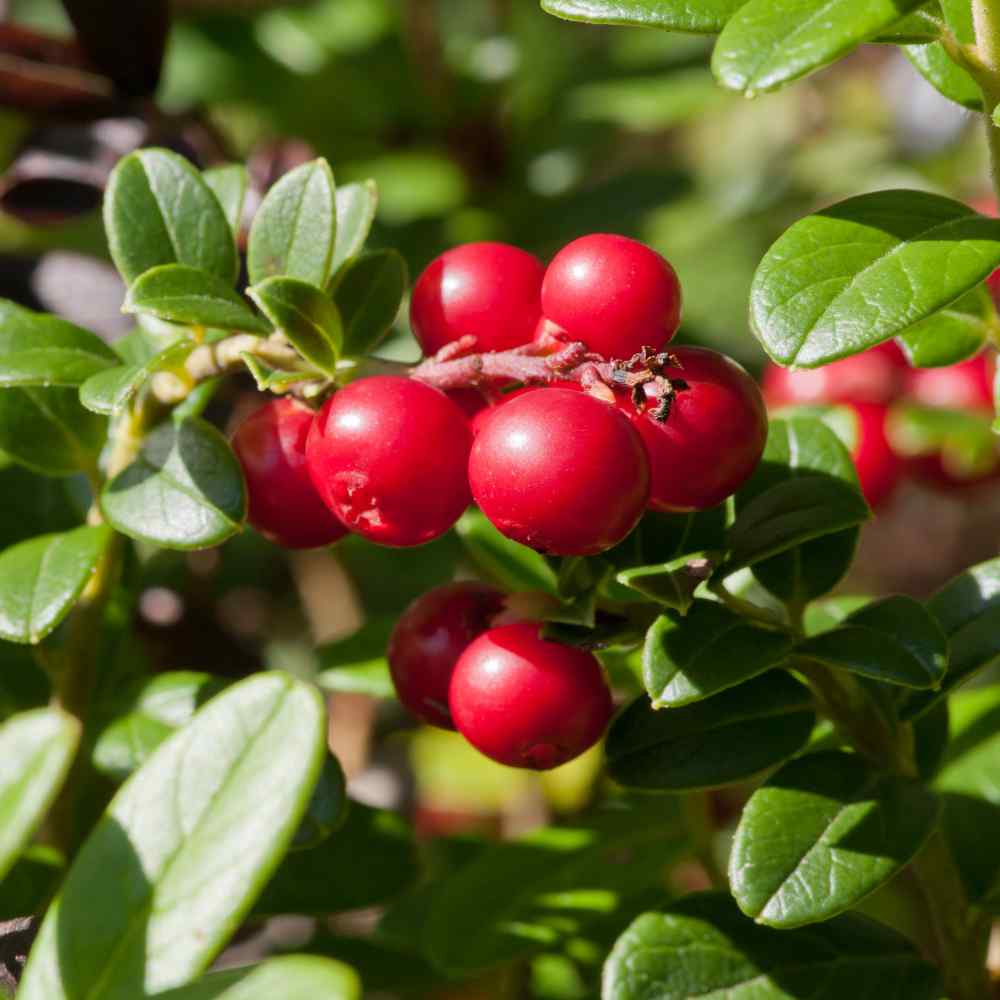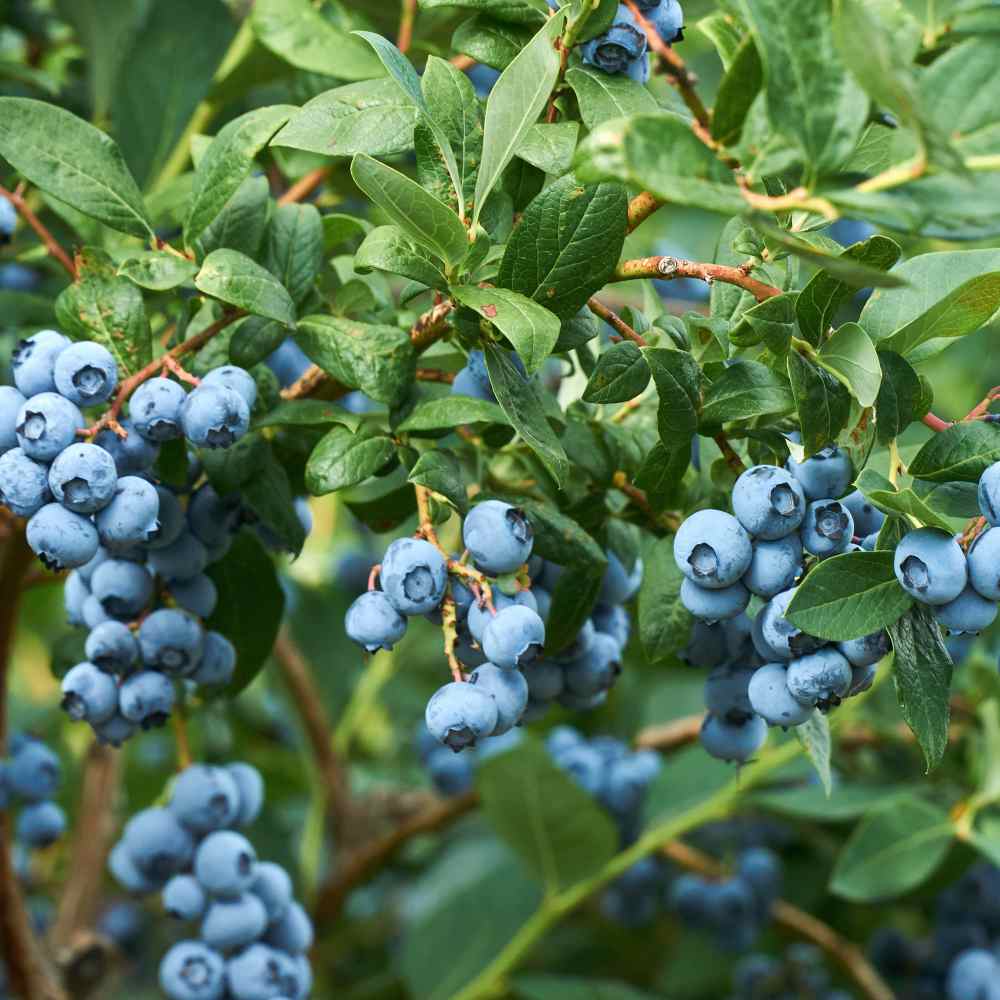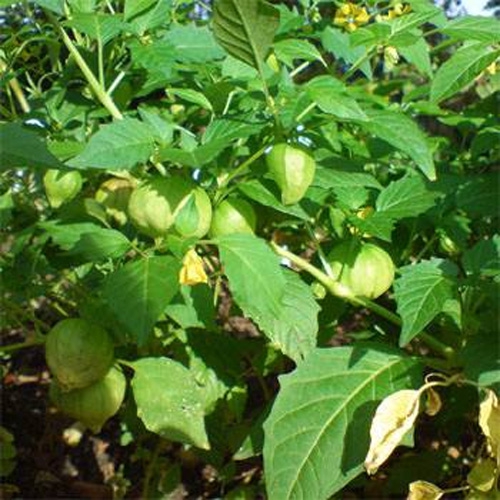
Caper Bush Planting Guide
Quick Facts About Caper Bush
Caperbushes are mainly used for their fruit, which are rich in micronutrients. Simply known as Caper, the berries or flower buds are widely used pickled as a vegetable condiment. Other parts of of the plants are used in the manufacturing of medicines and cosmetics.
Planting Time
Caper Bush seeds can be difficult to germinate. It's best to soak the seeds overnight, and then put the seeds in with some moist soil and place in the refrigerator for a month or more prior to sowing the seeds.

Planting Location
Caper plants perform best in hot climates and are only perennial in Zones 9 - 11. Place the plants in full sun and in well-draining soil. For cooler Zones, grow Caper Bush in pots so that the plants can be brought indoors in the winter.
How to Plant Caper Bush
- After a cold treatment, sow the Caper seeds in moist soil in starter trays
- Keep the seeds in consistently warm temperatures, in a bright location, but not in direct sun
- Carefully work with seedlings as they don't like to have their roots disturbed
- Harden off and transplant into the garden or in larger pots

Care And Maintenance
- Once established, Caper plants do not require much care
- Minimal water is needed
- For the first couple of years, a slow release fertilizer in the spring is helpful
- Do not prune young plants, but for older plants, hard pruning will encourage more blooms
- Harvest buds during the summer that are dark green, tight and at least 1/4 inch wide
- Sun dry the buds prior to pickling




































